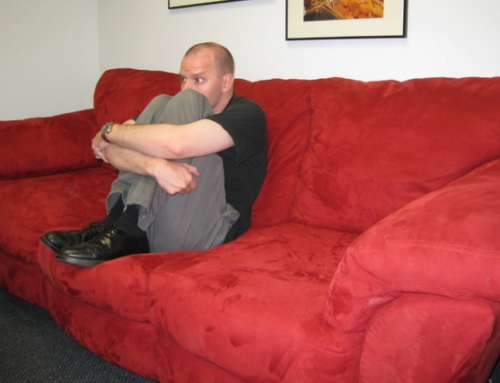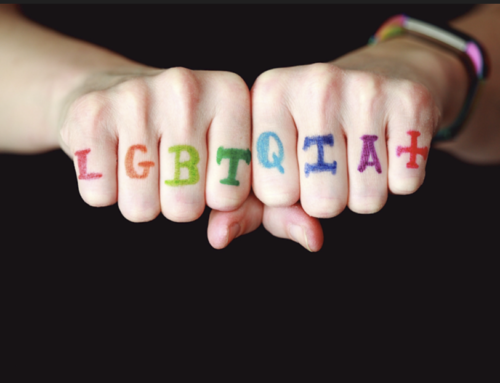It is hard to ignore the extent and lethality of the current opiate problem. Opiate addiction (including heroin and prescription opiates) has been steadily rising – US drug death rates increased from 64,000 drug-related deaths in 2016 to about 71,000 deaths in 2017. The major driver of this increase (about half of all deaths) was opiate use. In Pennsylvania, 13 people die of overdose daily, and in 2017 there were over 1200 overdose deaths in Philadelphia, four times the murder rate.
We have recently heard a great deal about the role of the pharmaceutical companies in developing this crisis, especially the aggressive marketing of opiates as a safe, non-addictive treatment. Around the same time, the medical profession began to aggressively address pain (the “fifth vital sign”). These two factors seem to have created a perfect storm, a synergy of demand and supply. Other relevant factors include the introduction of cheaper “black tar” heroin from Mexico, the substitution of Fentanyl for heroin, advances in illicit marketing strategies, and a growing sense of alienation and displacement in modern life.
However, despite the appalling statistics and the human tragedy of opiate addiction, we must be careful to put its impact in perspective. The rate of cocaine addiction and deaths is on the rise, methamphetamine is having a resurgence, and benzodiazepines such as Xanax are implicated in many of the deaths attributed to opiates (and vice versa).
Above all, the biggest omission in the focus on opiate addiction is the fact that deaths from alcohol and tobacco dwarf the number of deaths from all other drugs. While 33,000 of the 71,000 annual drug-related deaths are related to opiates, there are over 88,000 deaths annually related to alcohol. Alcohol is involved in all sorts of social problems, including motor vehicle accidents, domestic abuse, child abuse and lost productivity. It would be an ironic secondary tragedy if our focus on the current opiate epidemic led us to ignore addictions which are even more pervasive than the opiate crisis. Addiction is not limited to Kensington and Allegheny; it is as close as the corner bar or State Store.
An inappropriate sense of pessimism clouds our willingness to address SUDs; treatment is often reputed to be ineffective and pointless, and “failures” in treatment are cited as evidence that addicted people are “not motivated”. Yet, research on treatment interventions is often neglected or marginalized, despite consistent evidence that they can be effective. Recovery from opiate, tobacco and alcohol addiction is possible, happening more often than most people realize, at about the same rate as recovery from other chronic disorders. “Hitting bottom” as a prerequisite to recovery is not necessary – recovery begins with the recognition that the use of alcohol or drugs has become problematic. Unmanageability of addiction is apparent in a variety of ways – social and family conflict; work problems; financial problems; craving and preoccupation with use; increased tolerance, and withdrawal symptoms.
Among a variety of interventions, Medication Assisted Treatment, including Methadone, Naltrexone, Vivitrol and Buprenorphine (Subutex or Suboxone) have helped save and restore lives of those suffering from opiate addiction. Medications for alcoholism, such as Antabuse, Naltrexone, Vivitrol and Campral, are also available.
And developments in psycho-social treatments abound, rendering the role of psychologists more relevant in this field than ever. We have a significant role to play in addressing the patient’s motivation to enter and engage in treatment, in relapse prevention, in negotiating a new substance-free lifestyle, in dealing with family and social adjustment, and in addressing underlying and resultant emotional distress.
DSM5 views SUDs as occurring on a continuum, not as a black or white entity. Not all drinking problems are alike, and not all are due to “alcoholism”. A person with episodic binges does not require the same interventions as an end-stage alcoholic. A person who is truly “self-medicating” a stressful life circumstance may have different needs than one whose drinking or drug use has taken on a life of its own. A thorough evaluation will help assess the extent of the problem and point out a path to recovery.
It is no longer sufficient to feel that the problem has been handled by a simple referral to Alcoholics Anonymous or to residential rehab when a SUD is assessed. Nor is generic psychotherapy aimed at alleviating a presumed “underlying problem” always appropriate. There are now many available recovery options, including moderation management, anti-craving medications, 12-Step programs, SMART Recovery, and addiction psychotherapy. No one pathway works for all people, and assessment and treatment of a person presenting with substance-related problems must be a skill that all psychologists should have. A careful screening of drinking and drug use problems should be a part of every assessment, and every mental health professional should be able to recognize, assess and treat patients suffering from addictive disorders.
Mark Schenker, Ph.D. is a licensed psychologist in Chestnut Hill, with a practice focusing on addressing substance use disorders. He is on the Board of the PSCP: The Psychology Network, and a former Board Member of the Society of Addiction Psychology (APA Division 50). He wrote “A Clinician’s Guide to Twelve-Step Recovery” (Norton, 2009) and the chapter “Addiction Treatment Settings” in the APA Handbook of Clinical Psychology” (APA, 2016). He can be reached at mschenker@navpoint.com






